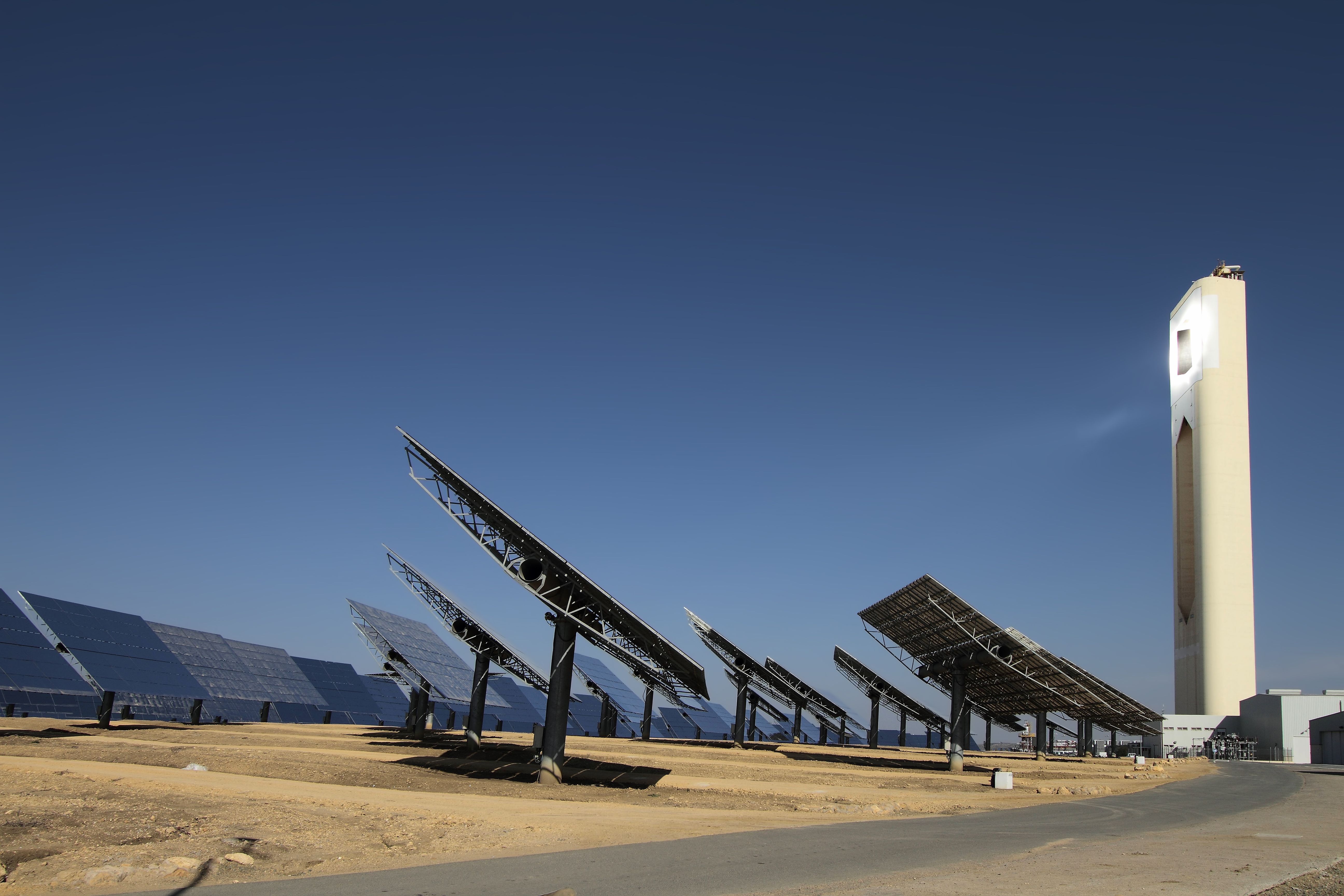For some time, research into ionic liquids and liquid salts has been attracting increased attention. In sensor and actuator materials, three major application fields stand out: as a medium for both storing and transporting energy, and as a reaction medium in the production of bio-based platform chemicals. These chemicals are industrially manufactured on a large scale, and they serve as basic materials for many other industrial products.
Ionic liquids, or ILs, are basically highly-concentrated, watery saline solutions or salts in liquid state - Molten Salts, or MSs. They mainly consist of positively or negatively charged ions. Most ILs, which are liquid at low temperatures (below 100°C), include organic salts. By and large, to reduce melting temperature to below 100°C for inorganic salts as well, use is made of so-called eutectic mixtures of different inorganic salts.
Compared to conventional fluids, ILs and MSs have several special properties. These include negligible vapor pressure, high thermal and electrochemical stability, high ionic conductivity and significant solvency for organic, inorganic and polymeric materials. Consequently, they are seen as a promising, environmentally friendly and, above all, tailorable alternative to the volatile organic solvents that the EU REACH Regulation wants replaced. Through REACH, the EU has committed European industry to the use of more environmentally friendly, easily manageable and, above all, less harmful substances in production processes. This is why industry is constantly on the lookout for REACH-compliant alternatives such as ionic liquids and molten salts.
So far, the most extensive research work in MS has been in sensor and actuator materials. By altering an external stimulus, such as brightness, humidity, temperature, atmospheric composition (gases), and electric or magnetic field, the properties of these materials can be changed. The changes can be spontaneous, may last for a given period, and are in general reversible. With visible or UV light, for example, the melting point, ionic conductivity or the magnetic moment can be changed.
With the good solubility of gas molecules and the extremely low vapor pressure of MLs, gas measurements are possible. Since MLs hold nanoparticles much better in suspension and for longer, they are also particularly interesting for vibration damping in motor vehicles and machinery.
Moreover, liquid salt mixtures also count as very promising in transferring and storing energy in thermal processes, such as in solar thermal power plants. They are characterized by high transmission efficiency together with low melting point and specific gravity, high specific heat capacity and excellent thermal stability. Energy transfer, for example in a solar thermal power plant, thus runs much more effectively, and the efficiency level increases.
Production processes of bio-based platform chemicals exploit the high boiling point, low volatility and high polarity of ILs and MSs. Compared with conventional volatile organic compounds (VOCs), ILs and MSs are easy to handle and have much better environmental properties, for example, because they can easily be separated from the reaction mixture. By using them, chemical reactions can be carried out at much lower temperatures (<100°C). In consequence, concepts like producing key bio-based platform chemicals become very interesting - 5-hydromethylfurfural (5-HMF) for example, for use as a basis in bioplastics chemistry
 Fraunhofer Institute for Technological Trend Analysis INT
Fraunhofer Institute for Technological Trend Analysis INT